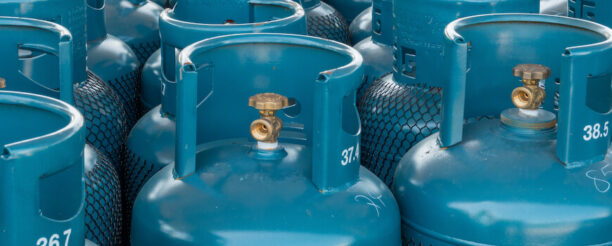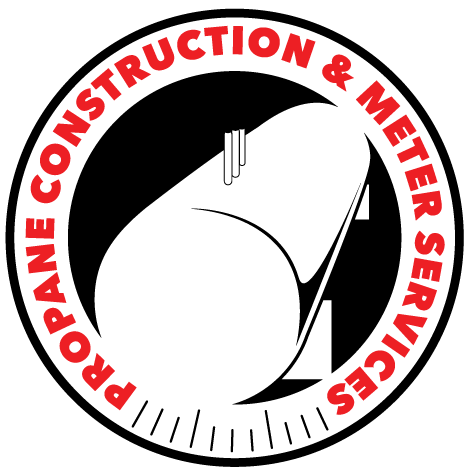Propane vs. Natural Gas: What’s the Difference?

Many people use the terms propane and natural gas interchangeably without understanding their differences. Both fuels are commonly used in homes for heating and cooking, but they have distinct properties and benefits. So, what’s the difference between these two fuel sources?
What is Propane?
Propane, often referred to as a natural gas liquid, is extracted alongside methane (natural gas) through processes such as fracking. This extraction releases various gases including ethane, butane, and propane, with propane being the most abundant.
Unlike natural gas, which requires additional extraction processes, propane can be obtained directly from the methane extraction stream, making it an efficient resource. This has positioned the United States as a leading propane exporter, enhancing domestic energy security and keeping propane costs relatively stable, even amid global oil price fluctuations.
Comparing Propane and Natural Gas
The key physical difference between propane and natural gas lies in their densities. Methane, the primary component of natural gas, is lighter than air and rises, whereas propane is heavier and tends to settle. This characteristic affects how they are stored and used; propane is stored as a liquid in tanks, making it portable and versatile for places without natural gas pipelines.
Environmental Impact
Methane’s role as a greenhouse gas is significant – it is 25 times more potent than carbon dioxide in trapping heat in the atmosphere, posing real environmental challenges. Propane, however, boasts a much cleaner profile. It is highly efficient, with more than 90% of its energy content directly converted to heat, and it emits less CO2 than many other fuels. Importantly, propane does not contribute to greenhouse gas emissions in its unused state and poses no risk to soil, water, or air in case of a leak.
The Future of Propane: Renewable Sources
Propane’s environmental footprint is further reduced by the development of renewable propane, which is produced from sustainable sources like plant matter and animal fats. This type of propane has a significantly lower carbon intensity compared to traditional propane and is being increasingly adopted across various states.
















